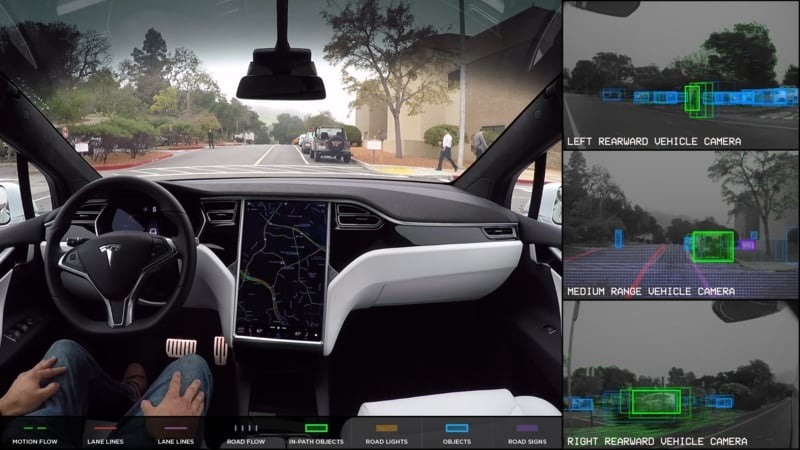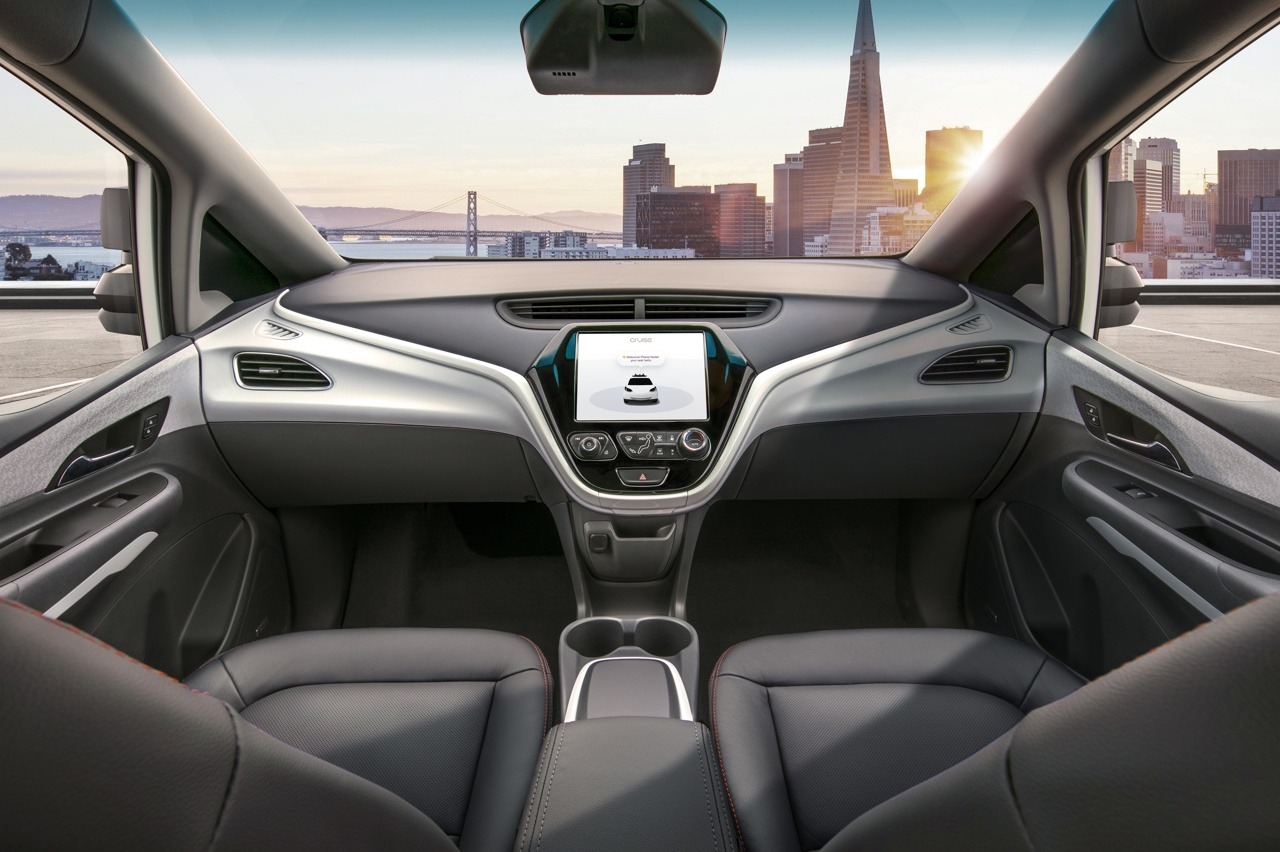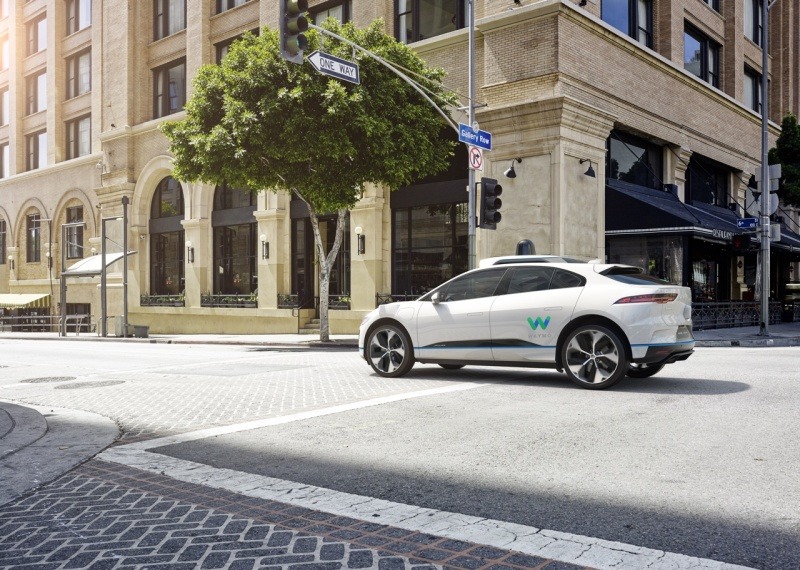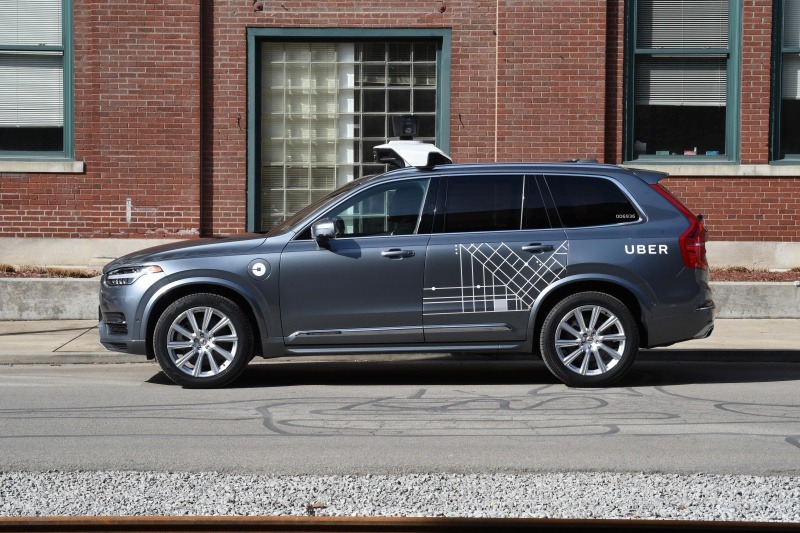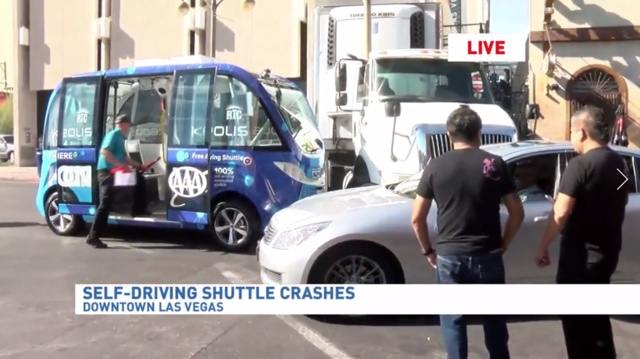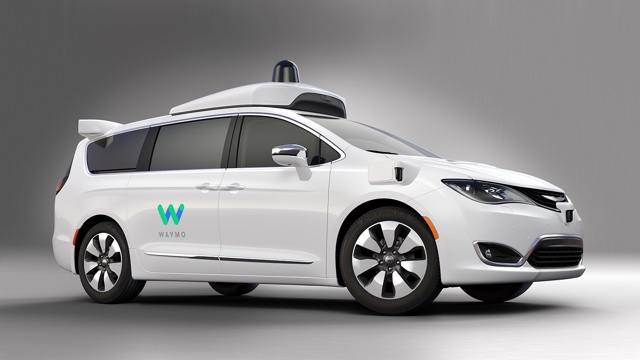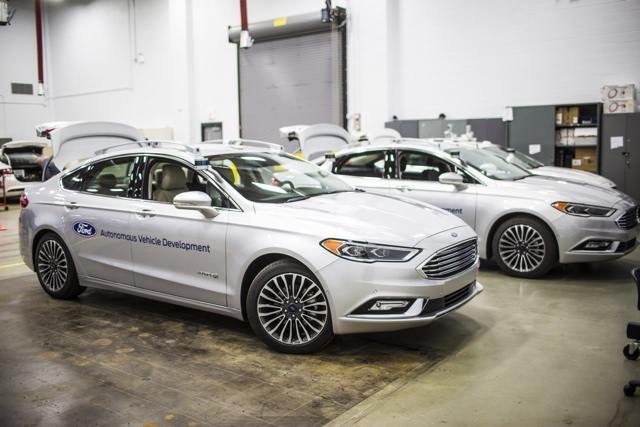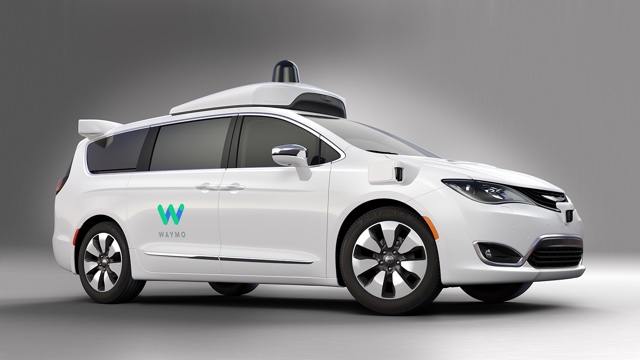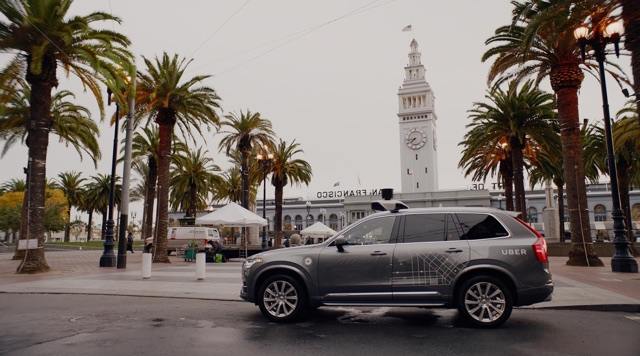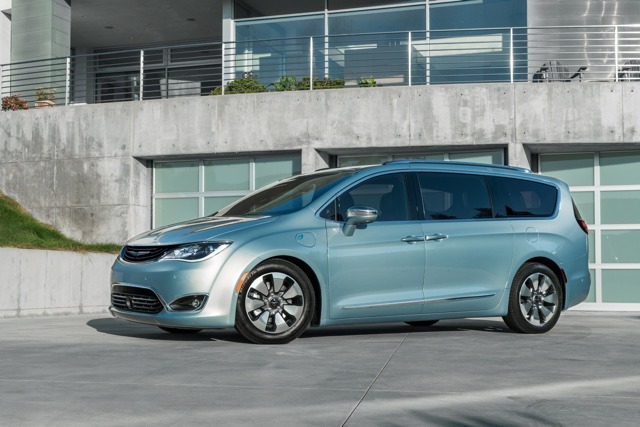Search the Community
Showing results for tags 'Self-Driving'.
-
For the past couple of years, Tesla has been offering an $8,000 "full self-driving" feature for their Autopilot system. But you couldn't use this feature as Tesla had not yet activated this feature. Basically, you were buying a system that Tesla promised would come online sometime in the near future...
-
For the past couple of years, Tesla has been offering an $8,000 "full self-driving" feature for their Autopilot system. But you couldn't use this feature as Tesla had not yet activated this feature. Basically, you were buying a system that Tesla promised would come online sometime in the near future...
-

GM's Cruise Self-Driving Unit Faces Some Big Hurdles
William Maley posted an article in General Motors
- 4 comments
-
- cruise
- general motors
-
(and 3 more)
Tagged with:
-
By the end of next year, GM's self-driving car unit was planning to have a fleet of self-driving taxis available those in San Fransisco, California. But a new report from Reuters casts some serious doubts on this goal. Speaking to a number of current and former GM and Cruise Automation employee...
- 4 replies
-
- cruise
- general motors
-
(and 3 more)
Tagged with:
-
Waymo is expanding its partnership with automakers. On the eve of the New York Auto Show, the company announced a new partnership with Jaguar Land Rover that will include rolling out a fleet of more than 20,000 self-driving, fully electric I-Pace SUVs over the course of the next two years. Waymo CEO...
-
Waymo is expanding its partnership with automakers. On the eve of the New York Auto Show, the company announced a new partnership with Jaguar Land Rover that will include rolling out a fleet of more than 20,000 self-driving, fully electric I-Pace SUVs over the course of the next two years. Waymo CEO...
-
Volvo an Uber announced a deal where Uber will purchase 24,000 Volvo XC90 Plug-In Hybrid SUVs over 3 years to expand Uber's self-driving fleet. Uber has been testing self-driving vehicles in Pittsburgh since Autumn 2016 with human supervision in the driver seat. Over 100 such vehicles are currently...
- 1 reply
-
- autonomous
- self-driving
-
(and 3 more)
Tagged with:
-
Volvo an Uber announced a deal where Uber will purchase 24,000 Volvo XC90 Plug-In Hybrid SUVs over 3 years to expand Uber's self-driving fleet. Uber has been testing self-driving vehicles in Pittsburgh since Autumn 2016 with human supervision in the driver seat. Over 100 such vehicles are currently...
- 1 comment
-
- autonomous
- self-driving
-
(and 3 more)
Tagged with:
-
A self-driving shuttle service got off to an auspicious start yesterday in Las Vegas when it was involved in an accident with a delivery truck. According to NBC affiliate KSNV, the accident took place during the shuttle's first hour of service when a delivery truck back into the shuttle. Accord...
- 6 replies
-
- 1
-

-
- accident
- self-driving
-
(and 1 more)
Tagged with:
-
Towards the end of Obama presidency, the administration unveiled guidelines for testing and deployment of self-driving cars in the US. But there is a new presidency in the White House and that means things will be changing - although details are scarce as to how. U.S. Transportation Secretary E...
- 2 replies
-
- department of transportation
- dot
- (and 3 more)
-

Trump Administration To Revisit Self-Driving Guidelines
William Maley posted an article in Automotive Industry
- 2 comments
-
- department of transportation
- dot
- (and 3 more)
-
Before the Consumer Electronics Show kicks off in Las Vegas next week, Ford has unveiled the second-generation self-driving Fusion Hybrid test vehicle. The most noticeable change is cosmetic. Gone are the tall cylinder sensors mounted on the roof. In their place are a set of roof rails featurin...
-

This Is What A Driverless Pacifica Plug-In Hybrid Looks Like
William Maley posted an article in Chrysler
Back in May, Google and Fiat Chrysler Automobiles made a startling announcement. The two would partner on building 100 specially prepared Chrysler Pacifica plug-in hybrid minivans with Google's autonomous driving technologies to be used for testing. Today, Waymo (the offshoot of Google's self-drivin...-
- autonomous
- chrysler
- (and 7 more)
-
There is a right way and a wrong way when it comes to testing autonomous vehicles on public roads. Uber has demonstrated the wrong way. Yesterday, the company launched eleven driverless Volvo XC90s in San Fransisco as part of a pilot program. But by late morning, two of the eleven vehicles were...
- 1 reply
-
- autonomous vehicle
- halt
-
(and 4 more)
Tagged with:
-
Alphabet Inc. - Google's parent company - wants to find automotive partners to use their autonomous technologies. Fiat Chrysler Automobiles is looking for partners to help offset costs of development and production. In fact, CEO Sergio Marchionne has hinted that he is open to working with a technolo...
- 2 replies
-
- Alphabet Inc.
- FCA
-
(and 6 more)
Tagged with:
-
Alphabet Inc. - Google's parent company - wants to find automotive partners to use their autonomous technologies. Fiat Chrysler Automobiles is looking for partners to help offset costs of development and production. In fact, CEO Sergio Marchionne has hinted that he is open to working with a technolo...
- 2 comments
-
- Alphabet Inc.
- FCA
-
(and 6 more)
Tagged with:


